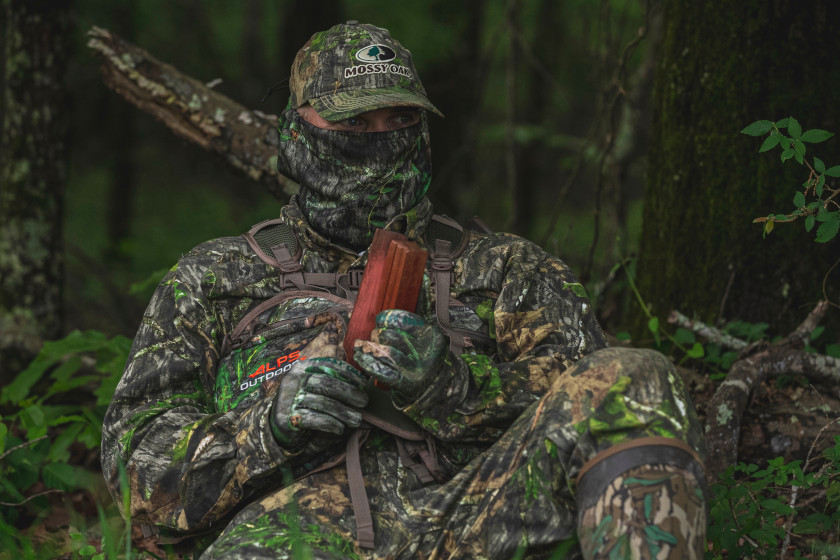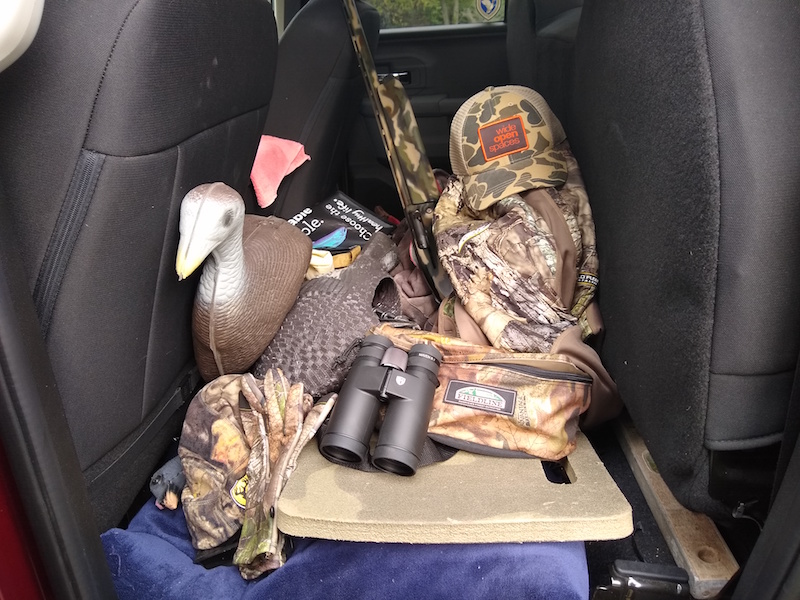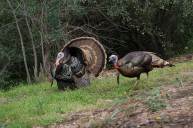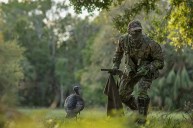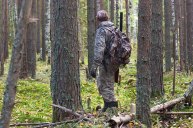Whether your spring gobbler season begins in April or May, you're going to need to make your list and check it twice before heading afield to take on one of nature's most cunning animals. Luckily for us, while wild turkeys have elite eyesight and a keen ear, there are still ways of countering these senses to bring one home.
For many of us, nothing compares to spring gobbler season, which means now is the time to invest in gear, research locations, and sharpen tactics increase your odds of success. Getting prepped to take a spring gobbler is half the fun for those who have taken turkey hunting to the next level, as feeling prepared for that moment when a gobbler turns the table on you is what keeps us coming back year after year.
Let's dive into the best ways you can set yourself up for a winning season.
Location, Location, Location
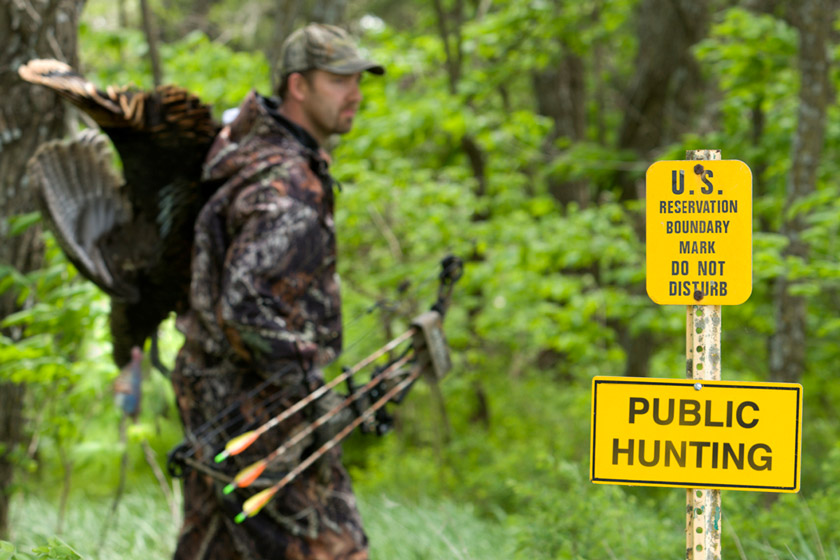
Getty: JonHuelskamp
Your realtor was right: location is the key, and even though turkey hunters know this fact like the back of their hand, the number one resource for spring turkey hunters is finding areas that the birds are using right now. Another in a long line of facts that gobbler maniacs like us can all relate to is the fact that their location can change like the wind, so being prepared to move to other like areas where they can be found is paramount to your success.
Sure, pre-season scouting is something that we all do in preparation for the season, but we can all rest assured that these beloved upland birds will have made other plans once we've set up and started calling. For private land hunting, run-and-gun methods of moving around to get closer to those gobbles can work well to bag a bird, but on public land this method of turkey hunting can border on the dangerous and is not recommended.
Make Sure Your Calls are in Good Working Order
If you're like me, you keep a box of calls in your vehicle and practice with them year round. From my favorite hen mallard call to my turkey diaphragms, I love to "ride and rip" so to speak to keep up on good calling techniques. To be sure, we're not going to encourage anyone to use their slate or box call while driving, but there are those moments in the parking lot or on lunch when we have some time on our hands.
Add to that the fact that we always love to practice at home, you can be sure to have all your calls in peak working condition long before the gobbling starts and you realize that your favorite call isn't working properly. One good rule of thumb that we should all know by now is not to do much in the way of pre-season calling in the woods while scouting (or shed hunting) lest that big Tom get call shy from over-calling.
Gear Checkup
Did you ever mend that rip in your head net that happened last season, or that busted strap on your turkey vest? Little things like these, which happened the season before, are easy to forget and always show up at worst moment. Boot dressing for those wet days when many hunters stay at home, but the turkeys are still in full breeding mode, can be the difference between holding a Tom close and then bringing him into shooting range, and going home early with wet feet.
One of the best ways to make sure that the gear you're going to use is ready and working, is the upgrade it. Manufacturers everywhere are on the front lines of today's hunting industry and continue to make great updates and upgrades to our favorite turkey hunting gear and especially clothing with new camo, comfortable clothes, and footwear that will get your there and back.
Pattern Your Shot
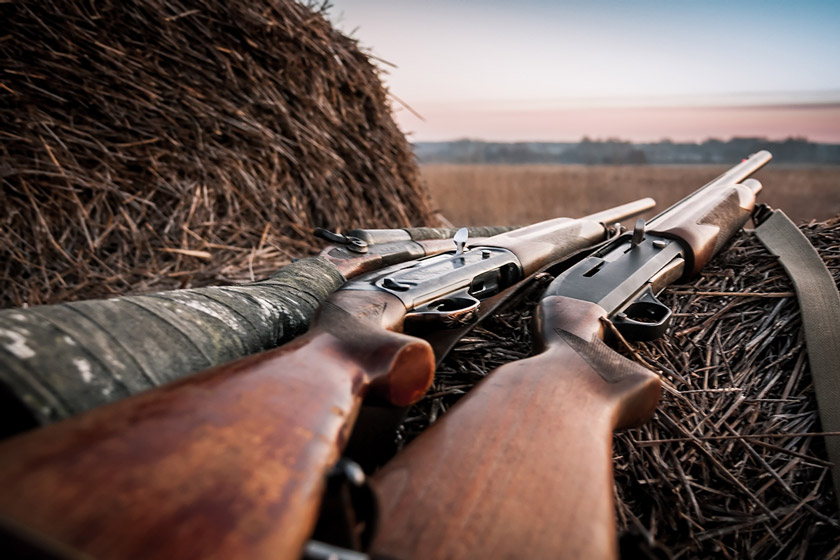
Getty: splendens
For many turkey hunters, this is not something that we always do each season, but it can definitely make a difference. Anyone who has "rolled" a big gobbler and watched it run or fly away will tell you that it was likely due to a poor aiming point, but often times it is from a shotshell pattern that wasn't tight enough.
Just one or two BBs on target aren't enough to take down a Tom, so it pays to know what amount of your shot is landing in the kill zone. After that, even with a poor aiming point, it can save the day when you've loaded up the best possible load and are using the correct choke.
The Best of the Rest

Getty: RyanVincePhotography
Not everyone can afford to have multiple decoys, including items like the a lay-down hen, half-strut Jake, and especially a full-strut Tom, but having at least one collapsable hen decoy is almost mandatory. For public land hunting, a blaze orange vest for traveling through the woods is a remarkably safe way to let others know of your presence.
Add to that making sure that your headlamp is working, (if you use one) making sure that you have a good hunting knife on hand for field dressing, a full charge on your phone, and are ready for the day's weather conditions, and you have all the makings of a successful opener and a season to remember!
Please check out my book "The Hunter's Way" from HarperCollins. Be sure to follow my webpage, or on Facebook and YouTube.

